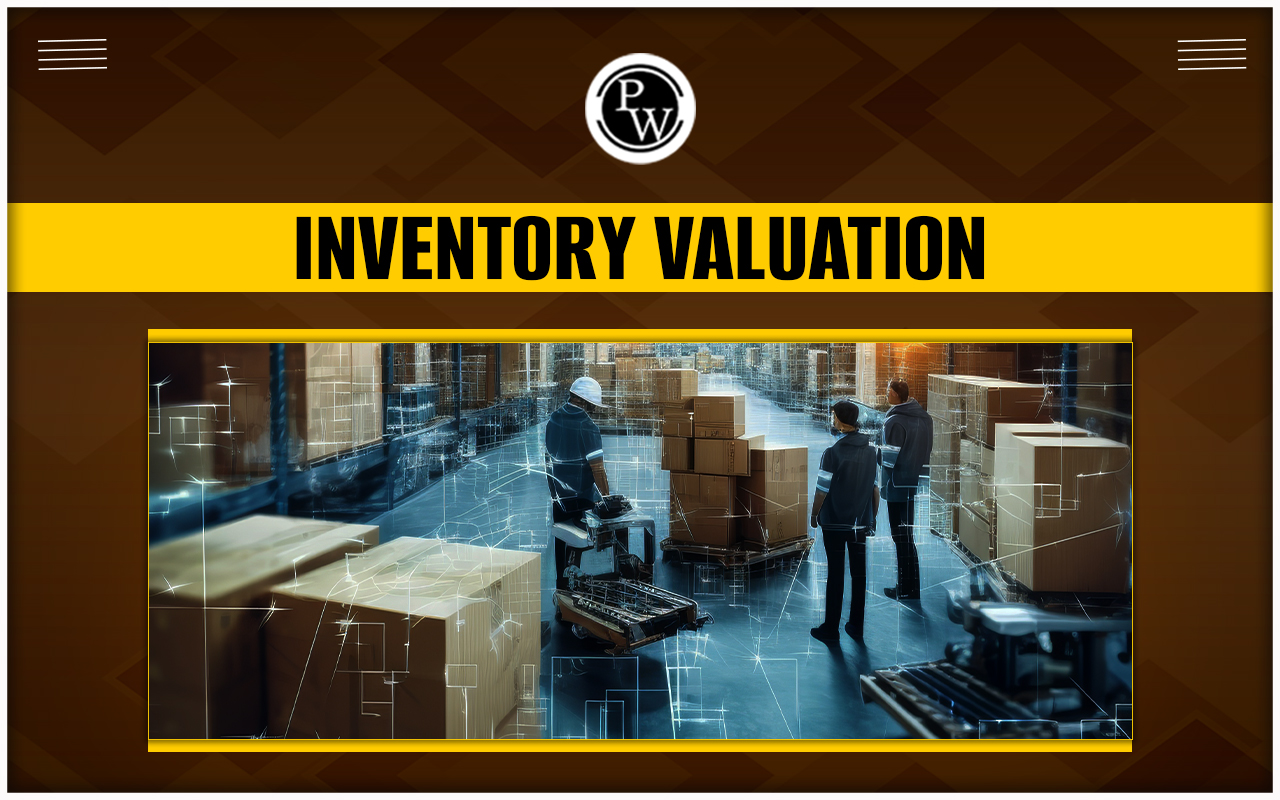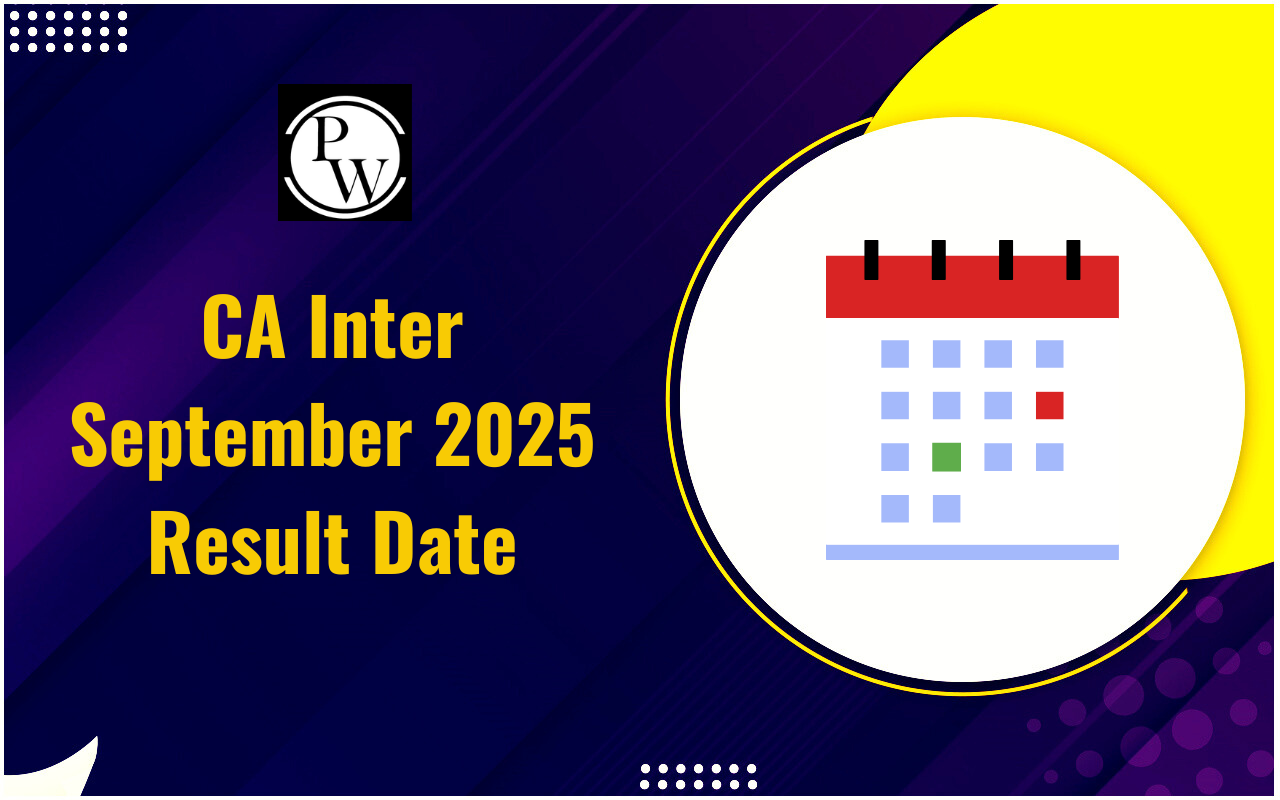

Inventory Valuation is a fundamental concept in accounting and finance that every CA student must master. Understanding how to accurately value inventory is crucial for maintaining precise financial records, preparing accurate financial statements, and ensuring compliance with accounting standards.
This article dives deep into the various methods of inventory valuation, their applications, and implications. If you're a CA student aiming to ace your CA Exams , this guide will provide you with the insights you need.What is Inventory Valuation?
Inventory valuation is the process of assigning a dollar value to a company's stock. This is crucial for calculating the cost of goods sold (COGS) and, in turn, the company's profitability. Accurate inventory valuation is essential for proper financial reporting and tax compliance. Various methods are available for evaluating inventory, and the chosen method can significantly affect financial statements.Importance of Inventory Valuation in Accounting
Inventory valuation is not just about numbers; it's about understanding the lifeblood of a business. It affects everything from tax calculations to business strategy. As a CA student, recognizing the importance of inventory valuation will help you appreciate its role in broader financial management and compliance.Methods of Inventory Valuation
The most commonly used methods for Inventory Valuation include:First-In, First-Out (FIFO)
The FIFO method assumes that the oldest inventory items are the first to be sold. This method is widely used because it aligns with the actual flow of goods in many businesses. Under FIFO, the cost of goods sold is based on the cost of the oldest inventory, which often reflects current market prices.Last-In, First-Out (LIFO)
Contrary to FIFO, the LIFO method assumes that the most recently acquired inventory is sold first. This method can be beneficial in times of rising prices, as it matches recent higher costs against current revenues, potentially lowering taxable income. However, LIFO is prohibited under the International Financial Reporting Standards (IFRS).Weighted Average Cost
The Weighted Average Cost method averages the cost of all inventory items available for sale during a period, smoothing out price fluctuations. This approach offers a consistent measure, simplifying accounting practices.Specific Identification
This method involves tracking and assigning the exact cost to each item of inventory. While highly accurate, it is often impractical for businesses with large volumes of similar items. It's typically used for high-value or unique items.Also Check: Difference Between Tax Planning and Tax Management
Impact of Inventory Valuation on Financial Statements
The method chosen for inventory valuation can significantly affect a company's balance sheet and income statement. For instance, during inflationary periods, FIFO will show higher profits and higher ending inventory values compared to LIFO. Understanding these impacts is crucial for accurate financial analysis and decision-making.Tips for CA Students on Inventory Valuation
The following are the tips to master Inventory Valuation for CA Exams:- Understand the Basics: Grasp the fundamental principles behind each valuation method.
- Practice Regularly: Apply these methods in different scenarios to build proficiency.
- Stay Updated: Keep abreast of changes in accounting standards and tax laws.
- Use Resources Wisely: Leverage study materials and courses, like PW CA Courses, designed to help you master these concepts.
| Also Check | |
| Branches of Accounting | Scope of Management Accounting |
| Methods of Cost Accounting | Basic Accounting Terms |
| Scope of Financial Accounting | 3 Golden Rules of Accounting |
Inventory Valuation FAQs
What is Inventory Valuation?
Inventory Valuation is the process of determining the monetary value of a company's inventory for financial reporting and decision-making purposes.
Why is Inventory Valuation important?
It ensures accurate financial statements, helps in pricing strategies, manages cash flow, and ensures compliance with tax and accounting regulations.
What are the common methods of Inventory Valuation?
The common methods include First-In, First-Out (FIFO), Last-In, First-Out (LIFO), Weighted Average Cost, and Specific Identification.
What challenges can arise in Inventory Valuation?
Challenges include fluctuating market prices, obsolete or damaged goods, variations in inventory management practices, and compliance with different accounting standards.
Talk to a counsellorHave doubts? Our support team will be happy to assist you!

Free Learning Resources
PW Books
Notes (Class 10-12)
PW Study Materials
Notes (Class 6-9)
Ncert Solutions
Govt Exams
Class 6th to 12th Online Courses
Govt Job Exams Courses
UPSC Coaching
Defence Exam Coaching
Gate Exam Coaching
Other Exams
Know about Physics Wallah
Physics Wallah is an Indian edtech platform that provides accessible & comprehensive learning experiences to students from Class 6th to postgraduate level. We also provide extensive NCERT solutions, sample paper, NEET, JEE Mains, BITSAT previous year papers & more such resources to students. Physics Wallah also caters to over 3.5 million registered students and over 78 lakh+ Youtube subscribers with 4.8 rating on its app.
We Stand Out because
We provide students with intensive courses with India’s qualified & experienced faculties & mentors. PW strives to make the learning experience comprehensive and accessible for students of all sections of society. We believe in empowering every single student who couldn't dream of a good career in engineering and medical field earlier.
Our Key Focus Areas
Physics Wallah's main focus is to make the learning experience as economical as possible for all students. With our affordable courses like Lakshya, Udaan and Arjuna and many others, we have been able to provide a platform for lakhs of aspirants. From providing Chemistry, Maths, Physics formula to giving e-books of eminent authors like RD Sharma, RS Aggarwal and Lakhmir Singh, PW focuses on every single student's need for preparation.
What Makes Us Different
Physics Wallah strives to develop a comprehensive pedagogical structure for students, where they get a state-of-the-art learning experience with study material and resources. Apart from catering students preparing for JEE Mains and NEET, PW also provides study material for each state board like Uttar Pradesh, Bihar, and others
Copyright © 2025 Physicswallah Limited All rights reserved.
Get App











